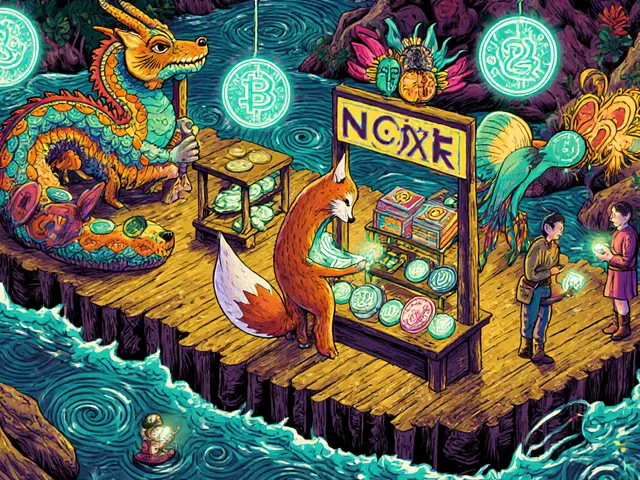Cold Storage Crypto: Secure Your Digital Assets the Right Way
When you hold cryptocurrency, your real asset isn’t the coin itself—it’s the cold storage, a method of keeping cryptographic keys offline to prevent unauthorized access. Also known as offline storage, it’s the only reliable way to protect your crypto from online theft, exchange hacks, and phishing scams. If your private keys live on a connected device, they’re vulnerable. Cold storage removes that risk entirely.
Think of it like a safe deposit box, but for your digital keys. The most common tools are hardware wallets, physical devices like Ledger or Trezor that store keys without ever connecting to the internet. You plug them in only when you need to sign a transaction. Then there’s paper wallets, printed copies of your public and private keys, stored in a secure physical location. Both keep your assets isolated from the network—no Wi-Fi, no Bluetooth, no remote access. That’s the whole point.
But cold storage isn’t just about the tool—it’s about the habit. Storing keys on a USB drive in your drawer? That’s not cold storage if the drive ever connected to a compromised computer. True cold storage means no exposure at all. And while exchanges might offer "cold wallets," they still control the keys. If the exchange gets hacked, you lose everything. Real cold storage puts you in charge—no middleman, no trust needed.
Most of the posts here deal with crypto risks: North Korea stealing billions, Tornado Cash being sanctioned, fake tokens like veDAO disappearing. These aren’t just stories—they’re warnings. Every time someone loses crypto to a scam or hack, it’s usually because they skipped the basics. Cold storage isn’t optional for serious holders. It’s the first line of defense. Whether you’re holding Bitcoin, Ethereum, or a niche token like FLY or BSL, if you don’t control your keys, you don’t own your crypto.
Below, you’ll find real-world reviews, security breakdowns, and scam alerts—all tied to the same truth: if your crypto isn’t in cold storage, it’s not safe. Learn how to set it up right, avoid common mistakes, and protect what matters most.









